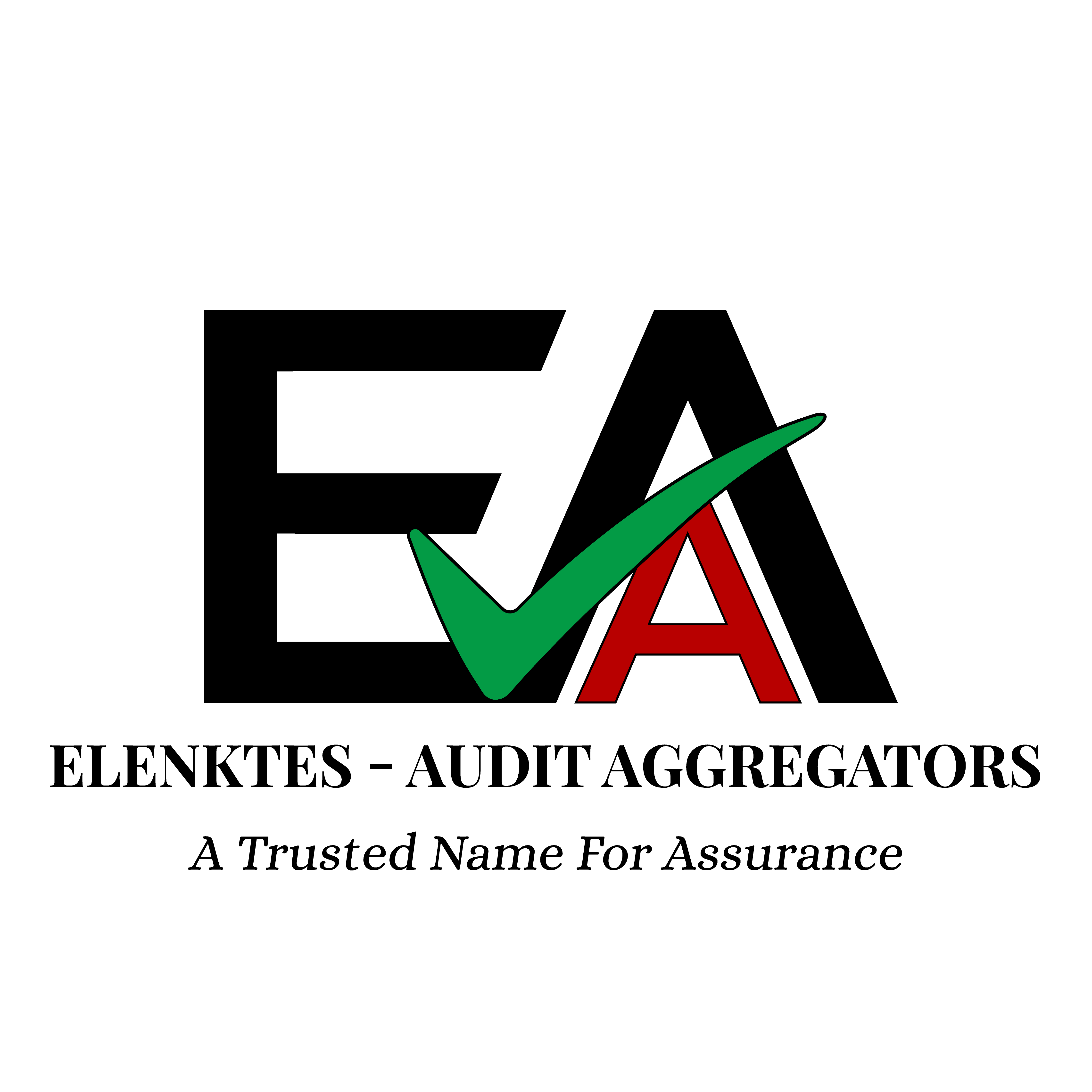Food Safety for Elenktes: Maintaining Food Production Quality and Hygiene
Overview
In order to guarantee that consumers obtain wholesome and safe food, food safety is an essential component of the food industry. For Elenktes, upholding food safety regulations is a commitment to quality and public health in addition to being required by law. Strict food safety regulations assist to protect consumer health and foster brand trust in a world where foodborne illnesses and contamination concerns are on the rise.
The significance of food safety for Elenktes, important laws, best practices, and how to put in place efficient food safety management systems are all covered in this extensive reference.
Food Safety’s Essential Function in the Food Industry

Consumer Health Protection: The elimination of foodborne illnesses brought on by bacteria, viruses, parasites, and chemicals is done by proper food safety procedures.
Respect for Regulations: Following national and international food safety laws guarantees legal compliance and keeps one out of trouble.
Brand Reputation: Customers are more likely to trust and remain loyal to companies that put food safety first.
Decreased Costs and Waste: By putting food safety procedures into place, costs are decreased by a decrease in spoiling, recalls, and waste.
Food Safety Laws and Their Adherence
Adherence to food safety regulations is crucial for Elenktes. Important standards and regulatory organizations include:
- Risk Analysis and Critical Control Points and HACCP
A well-known food safety management approach that aids in identifying and reducing food safety risks is HACCP. Among the seven HACCP concepts are:
- Analyzing hazards
- Finding the crucial points of control (CCPs)
- Setting important boundaries
- Procedures for monitoring
- Remedial measures
- Procedures for verification
- Maintaining Documents
Best Practices for Food Safety in Elenktes
1. Personal Hygiene and Sanitation
- Ensure food handlers wash hands frequently.
- Put on safety gear and gloves.
- Keep the areas where food is prepared clean.
2. Handling and Storing Food Properly
- To prevent cross-contamination, store cooked and raw foods apart.
- Perishable goods should be kept at the proper temperature.
- Use sealed containers to prevent contamination.
3. Safe Food Processing Techniques
- Cook food at the correct internal temperature.
- Follow safe cooling and reheating practices.
- Use food-grade equipment and packaging.
4. Regular Quality Testing
- Conduct microbiological and chemical tests on food products.
- Perform routine checks for allergens and contaminants.
- Keep detailed records of quality control measures.
5. Employee Training and Awareness
- Train employees on food safety protocols.
- Educate staff about proper food handling and hygiene.
- Conduct regular workshops and assessments.
6. Traceability and Recall Management
- Implement a system to track food products from production to delivery.
- Establish a rapid recall procedure in case of contamination or safety breaches.
- Maintain detailed logs for traceability purposes.
A Food Safety Management System’s (FSMS) implementation
A Food Safety Management System (FSMS) guarantees ongoing enhancements to Elenktes’ food safety procedures. Important actions consist of:
Risk Identification and Assessment: Examine possible risks in the supply chain and food production.
Standard Operating Procedures (SOPs): Create specific guidelines for cleaning, handling, maintaining a check on food.
Frequent Audits and Inspections: Verify following to food safety regulations on occasion.
Corrective Actions: Document corrective actions and take fast action to address food safety hazards.
Technology Integration: To improve data analysis, compliance, and tracking, use food safety software.
Common Food Safety Challenges and How to Overcome Them
1. Cross-Contamination
- Implement strict hygiene protocols.
- Use color-coded utensils and chopping boards.
2. Microbial Contamination
- Regularly test food samples for bacteria and pathogens.
- Ensure proper cooking and storage temperatures.
3. Supply Chain Risks
- Source raw materials from trusted suppliers.
- Monitor supply chain for quality and safety compliance.
4. Lack of Awareness Among Employees
- Conduct frequent food safety training sessions.
- Provide easy-to-follow guidelines and reminders.
In conclusion
For Elenktes, upholding strict standards of food handling, storage, and cleanliness is crucial to guaranteeing both customer safety and corporate success. Food safety is a non-negotiable part of the food sector. Elenktes may improve quality, increase customer trust, and promote a healthier community by putting best practices into practice, adhering to laws, and cultivating a culture of food safety.
A long-term investment in food safety is an investment in prosperity. Remain dedicated, keep safe, and make sure every meal is prepared to the greatest possible standards of quality and hygiene.
